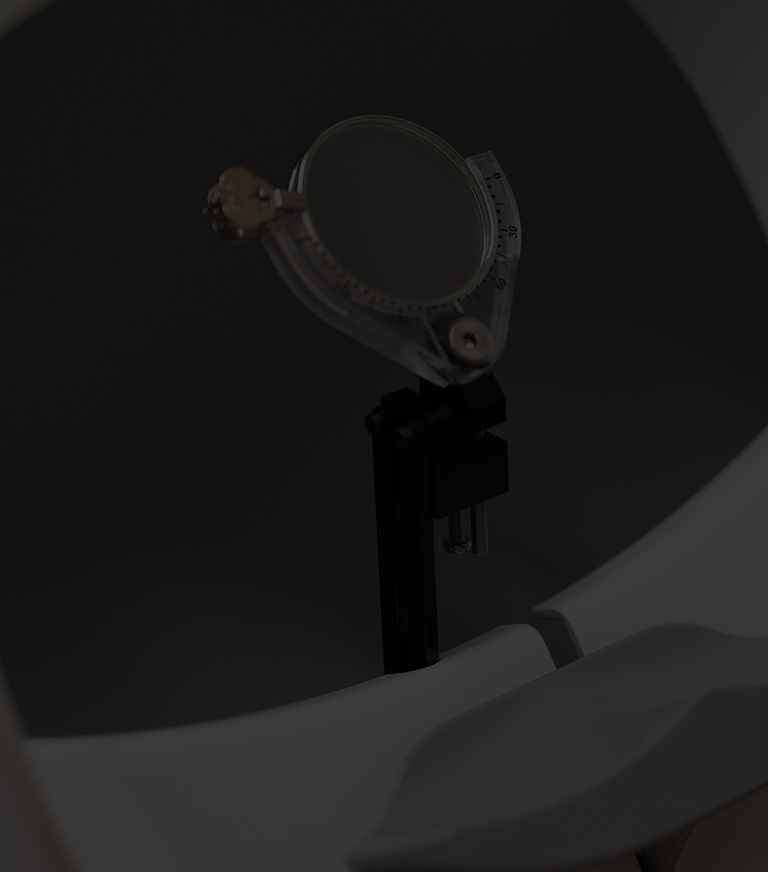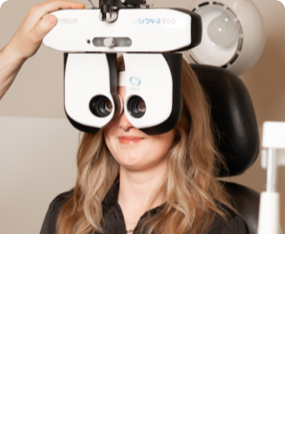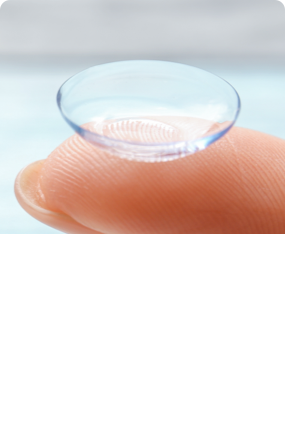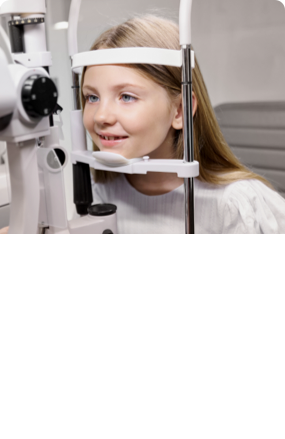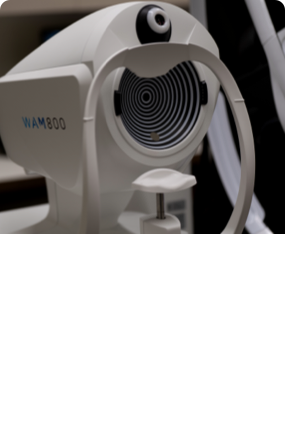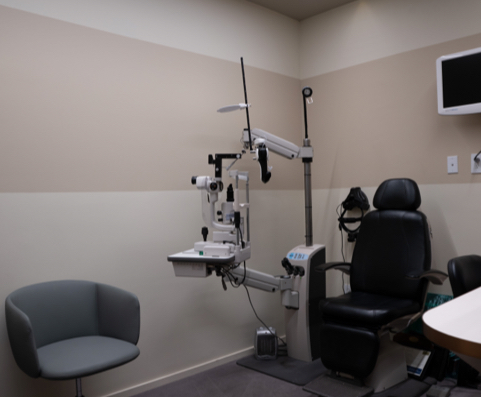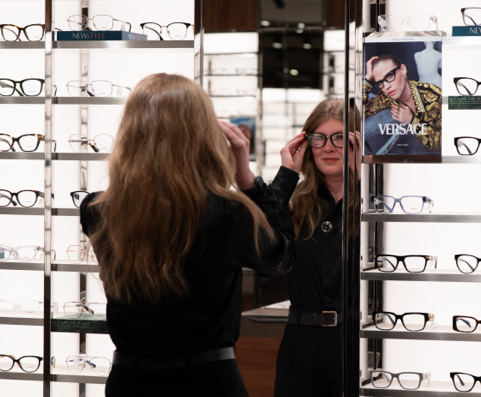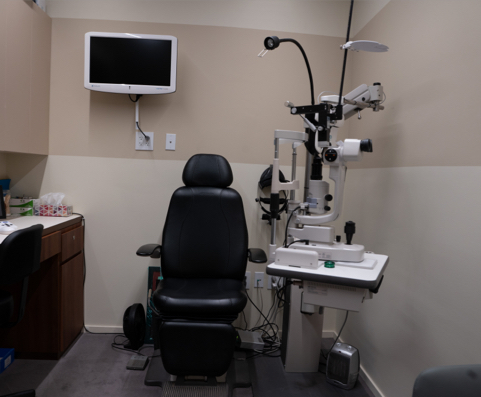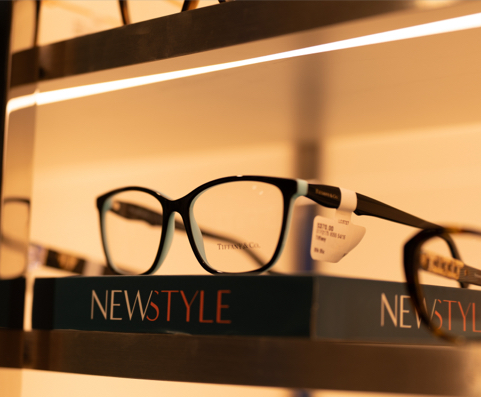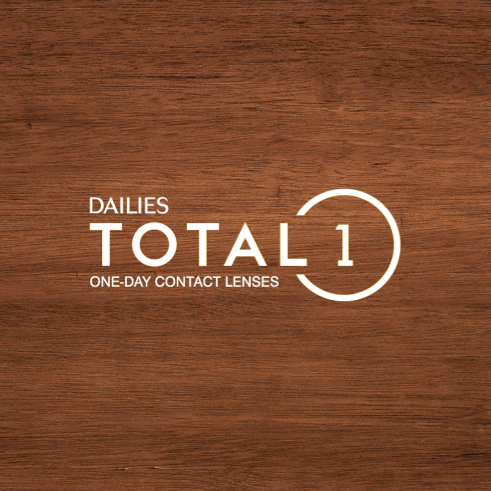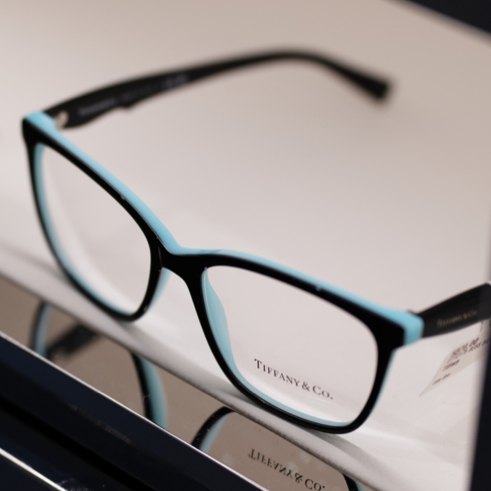Myopia, commonly referred to as nearsightedness, is a vision problem affecting millions of people worldwide. It’s well-known for how it affects distant vision, but it’s a little more complex than that. The good news is that myopia is highly treatable, and all it takes is an eye exam and corrective lenses, such as glasses or contact lenses.
What Causes Myopia?
First, let’s clarify what Myopia is. Myopia, also known as nearsightedness, is a common vision condition where distant objects appear blurry while close-up objects are seen clearly. It occurs when the eyeball is too long or the cornea is too curved, causing light to focus in front of the retina instead of directly on it. Myopia typically develops in early childhood and often progresses until around age 20. The more severe the myopia, the more blurred distance vision becomes.
Genetics and the environment both play a role in myopia. If a parent is nearsighted, a child is more likely to develop the same condition. Meanwhile, if a child only engages in close-up activities as they develop, they’re at a much higher risk of becoming nearsighted.
But can myopia be reversed, or is there more to it?
The simple answer is that once it progresses, myopia cannot be reversed. The changes in axial length of the eye are permanent. There are some quasi-scientific methods, such as Bates Method, or palming techniques, that some people claim have reversed their nearsightedness, but these methods have never been repeatable when applied in a controlled clinical study setting, nor have they ever been shown to decrease the lengthening of the eye. This is why prevention is so important.
Thankfully, with myopia control, like we provide at Orchard Park Optometry, it can be effectively managed and slowed in children. With the right tools and strategies, you can intervene sooner and preserve more of a child’s future vision.
Tips to Reduce Myopia Risk
Unfortunately, it isn’t possible to entirely eliminate the risk of myopia. However, that doesn’t mean it’s inevitable. You can take some small steps to reduce a child’s risk of nearsightedness.
Here are a few simple yet effective tips:
- Encourage outdoor play and activities, as spending time outside has been shown to reduce the likelihood of myopia progression.
- Ensure proper lighting when performing near work to reduce eye strain.
- Provide a balanced diet rich in nutrients essential for eye health, such as vitamin A and omega-3 fatty acids.
However, one of the most valuable steps you can take is to schedule regular children’s eye exams. This gives an eye care professional the chance to examine how your child is developing. Then, if something like myopia is caught, your optometrist can intervene sooner rather than later.
Small changes to everyday habits can make a world of difference. With the right approach, you can lower your child’s risk of myopia—and step in to help if their vision worsens.
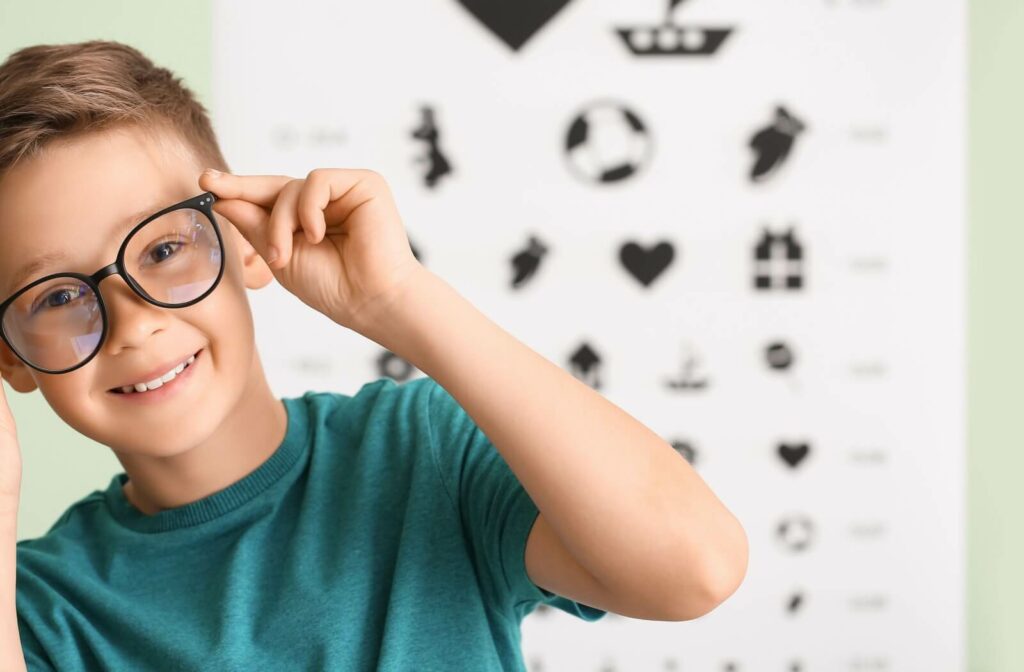
Treatments for Correcting Myopia
Even though myopia can’t be reversed, it is treatable. You’ll need to visit your optometrist for an initial eye exam, and then they can recommend one of the following:
- Prescription glasses, a classic solution. These can use different frame styles and add-on features—like special coatings and tints—to make them more comfortable.
- Contact lenses, which offer a wider field of vision than glasses. Modern options, like daily disposables, add convenience to comfort.
For adults with a stable prescription, laser eye surgery stands out as a lasting option. This procedure reshapes the cornea to help it naturally focus light. It’s important to note not everybody is a candidate for laser eye surgery—you’ll need to schedule a laser eye surgery consultation to find out if you qualify for this procedure.
How Myopia Can Be Slowed in Children
With myopia, early intervention makes all the difference. That’s where myopia control shines. This is a group of different treatments all aiming to slow how far the eye progresses.
Here at Orchard Park Optometry, we offer a program called KidSight. This is designed to combine these strategies together to preserve more of your child’s vision. Our KidSight program includes:
- Fittings for specialized contact lenses designed to slow the eye’s growth over time
- Training for using these lenses and properly caring for them
- Checkups every 4 months to monitor myopia progression
- Free contact lens exchanges in case of a changing prescription
- Retinal imaging taken once a year to map their eye’s development
These all help us make sure your child’s vision develops as it should. Myopia control can be extremely effective—especially if started sooner rather than later. It’s an excellent way to maintain and protect your child’s vision.
Working Together Towards a Clearer Future
Although there’s no way to reverse myopia, there are plenty of ways to manage it. Our team at Orchard Park Optometry can work with your family to preserve your child’s future vision—and help your entire family see clearly. With the right approach, you can continue seeing the beautiful world as it is, and we’re ready to step in. Book an appointment with our team today!
